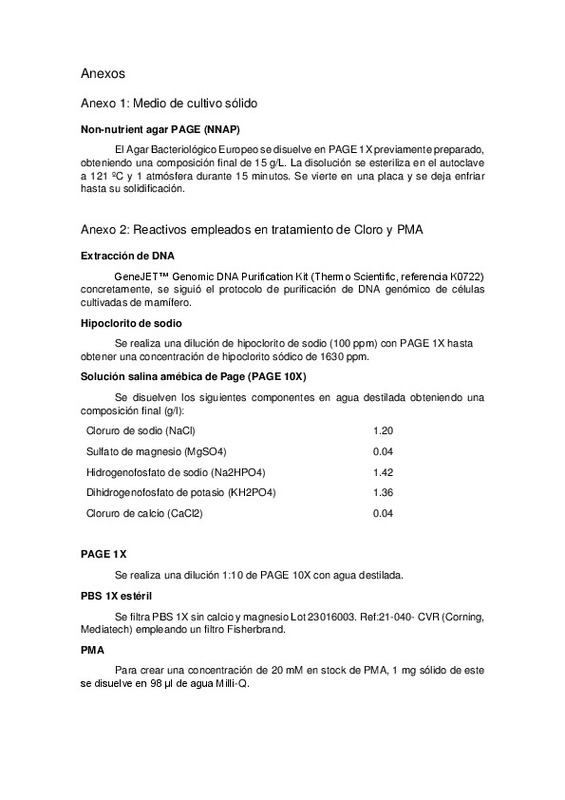JavaScript is disabled for your browser. Some features of this site may not work without it.
Buscar en RiuNet
Listar
Mi cuenta
Estadísticas
Ayuda RiuNet
Admin. UPV
Microbioma de amebas de vida libre (FLA) presentes en alimentos orgánicos: ¿potencial riesgo para la Salud Pública?
Mostrar el registro completo del ítem
Gajas Priego, SM. (2021). Microbioma de amebas de vida libre (FLA) presentes en alimentos orgánicos: ¿potencial riesgo para la Salud Pública?. Universitat Politècnica de València. http://hdl.handle.net/10251/171580
Por favor, use este identificador para citar o enlazar este ítem: http://hdl.handle.net/10251/171580
Ficheros en el ítem
Metadatos del ítem
| Título: | Microbioma de amebas de vida libre (FLA) presentes en alimentos orgánicos: ¿potencial riesgo para la Salud Pública? | |||
| Autor: | Gajas Priego, Sara María | |||
| Director(es): | ||||
| Entidad UPV: |
|
|||
| Fecha acto/lectura: |
|
|||
| Resumen: |
[ES] Actualmente, existe un interés creciente en la producción agrícola orgánica en todo el mundo, en busca de la sostenibilidad y la mejora de la salud pública. Sin embargo, existe un vacío de conocimiento sobre algunos ...[+]
[EN] Currently, there is a growing interest in organic agricultural production around the world, in search of sustainability and improved public health. However, there is a lack of knowledge about some aspects of the ...[+]
|
|||
| Palabras clave: |
|
|||
| Derechos de uso: | Reconocimiento - No comercial - Compartir igual (by-nc-sa) | |||
| Editorial: |
|
|||
| Titulación: |
|
|||
| Tipo: |
|
recommendations
Este ítem aparece en la(s) siguiente(s) colección(ones)
-
ETSIAMN - Trabajos académicos [3541]
Escuela Técnica Superior de Ingeniería Agronómica y del Medio Natural








